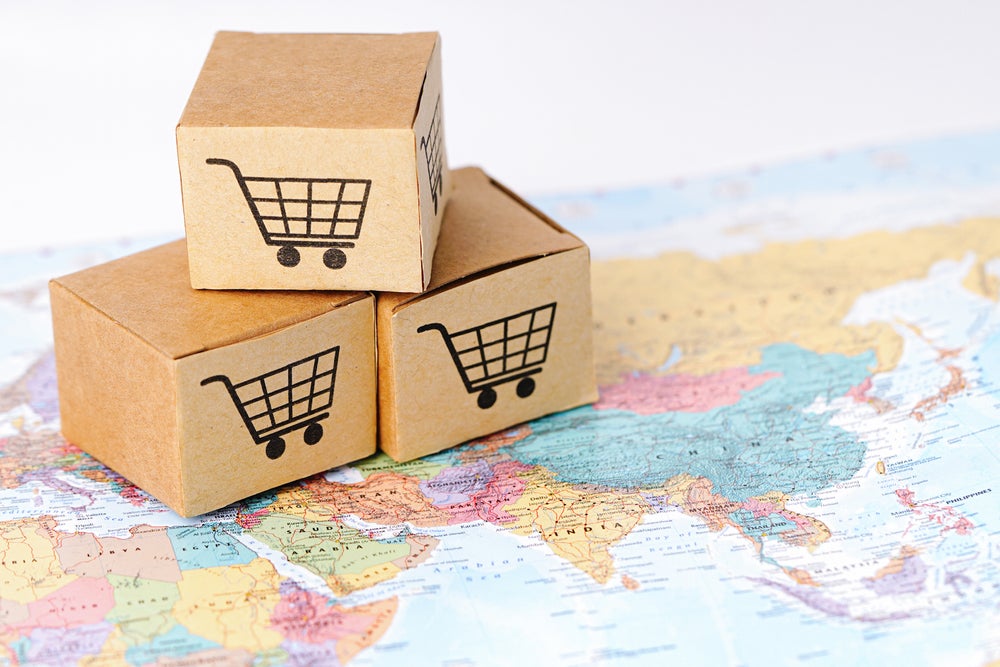Asia’s strong economic growth, rapid urbanisation and dominance as a plastics producer have made it the world's top growth market for packaging solutions.
Sadly, it is also now a global hot spot for plastic pollution. Half of the top 10 countries contributing to plastic packaging waste leakage to rivers and seas are located in Southeast Asia.
While this presents challenges for regional environmentalists and policymakers alike, Asia is poised to lead the way in transitioning the industry to one that is not just sustainable but one that is regenerative too - actively replenishing the environment as it grows.
Growing demand for plastic will continue but rays of hope are emerging
The problems of plastic pollution as one of the world’s most pressing environmental issues are widely documented, but the durability, functionality and favourable production economics of the material make it tough for industries and consumers to give up easily.
Indeed, the overall size of Asia’s plastic packaging market is expected to grow at a compound annual growth rate of 3.2% per year from 2021 to 2026, with single use packaging set to grow at an even greater speed.
Against this gloomy backdrop, rays of hope are emerging. Stakeholders across the value chain are increasingly recognising and committing to the roles they can play in reducing plastic packaging waste in Asia. New regulations are being drawn up to reduce usage and improve recycling, innovation is taking place at rapid speed and evolving consumer attitudes which embrace sustainability are helping.
Innovation will build a more regenerative model for the packaging industry
Improving the circularity of plastic by ensuring materials are kept in use for as long as possible is key to lowering the quantity of plastic waste sent to landfill, incinerated, or left to fill our oceans.
However, the plastics value chain remains challenged in its transition from a linear to a more circular model. Tough to recycle materials, contamination during the recycling process and sizeable investment required to scale-up innovation capacity represent just some of the obstacles.
Fortunately, some advancements in regenerative packaging solutions which are fully reusable, recyclable, biodegradable or contain significant quantities of recycled content are already underway. Mono-material solutions, composed of a single material rather than multiple different ones, make the recycling process easier by reducing the amount of energy required to split or separate various materials.
Biodegradable and compostable packaging solutions, too, have the ability to completely disintegrate, cutting down on material waste. Avoiding contamination during the recycling process from labels which are often stuck onto packaging is often tricker.
Innovations such as adhesive technologies which allows the label and adhesive to be separated cleanly during the recycling process, leaving the plastic free of contamination are increasingly being used.
The Extended Producer Responsibility scheme in Asia
Innovation alone will not beat our fight against plastic pollution. Estimates by BloombergNEF, the strategic research provider, suggests that demand for plastic could almost double by 2050 if no new government policies are enacted. Here too, progress is underway.
The Extended Producer Responsibility (EPR) policy, which places the financial responsibility on companies for the collection, treatment and disposal of their products at end-of-life, is becoming the most widely accepted and implemented legislation for product stewardship. Vietnam and the Philippines were the first adopters in Southeast Asia last year.
Contending with the reality that its sole landfill island, Pulau Semakau, may be full by 2035, EPR laws in Singapore are expected to come into force by 2025. EPR legislation is yielding positive outcomes for recycling rates – increasing by as much as 70% in some markets.
Significant room remains to scale-up the adoption of this policy in Asia, as a meaningful lever to hasten reductions in packaging waste. The creation of a new global plastic treaty, which aims to create a first legally binding agreement on plastic pollution by the end of 2024 will further accelerate change.
Developing consumer awareness and strengthening education is critical for boosting recycling rates in Asia
While packaging producers will face ever growing scrutiny over the sustainability of their packaging solutions, having sufficient recycling infrastructure in place to fully close the loop on packaging waste is equally critical in Asia.
Waste import bans imposed by countries including China and Malaysia mean countries such as Singapore face an urgent requirement to bolster their own recycling facilities. Filling the gaps in recycling infrastructure is costly, but presents significant opportunity in Asia to boost its recycling rates.
Improving public awareness and educating consumers is also key. A report by the Singapore Environment Council (SEC) and KPMG highlights that the majority of consumers in Singapore are keen to embed more environmentally friendly practices into their lifestyle but lack awareness around the nation’s recycling capabilities, correct waste material segregation and product labelling.
There is no single pathway to realising a regenerative economy for plastic packaging waste in Asia. However, with the obstacles clearly identified, through collaboration, innovation, and the correct policy responses it should be possible to make significant strides towards a more circular economy in the coming decades.
About the author: Anil K Sharma is the senior vice-president and general manager of the materials group at materials science and manufacturing company Avery Dennison.









